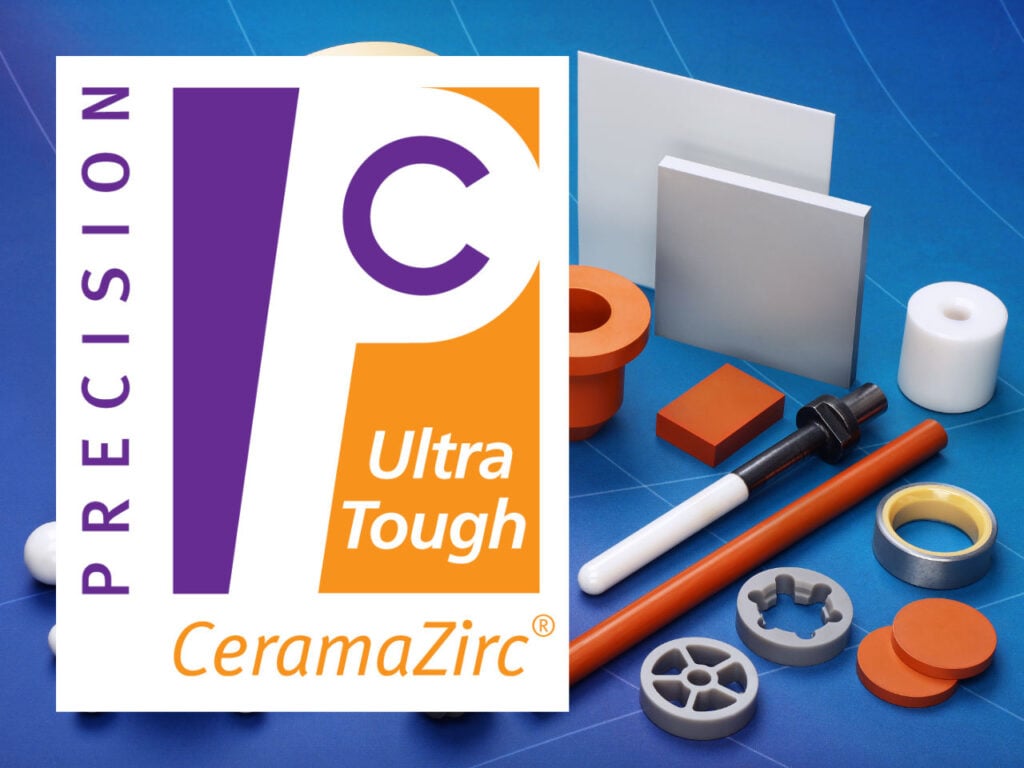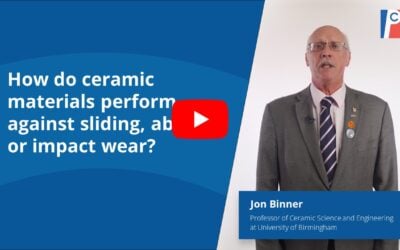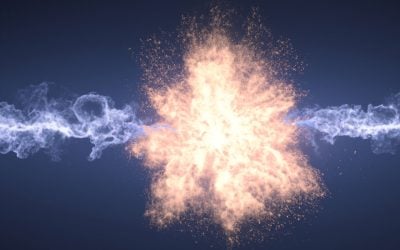Aluminium Nitride has long been regarded as the best option to use when alumina substrates cannot meet the stringent demands of high thermal conductance for electronics.
Prized for its electrical insulation and offering thermal conductance of between 7 and 8 times that of alumina, the vast majority of the world’s aluminium nitride is supplied in thin 0.040” and 0.025” sheets offering superior performance – but at a price!
The use of ALN in structural components has been slower to develop as the material has been less readily available to make the inevitably required samples in small volumes for companies requiring product confidence before making huge leaps of faith in the purchase of specialist tooling.
A major step in solving this problem was the advent of a hybrid, hot pressed ceramic made of ALN and boron nitride. Developed by the Tokuyama Corporation of Japan, the new material combined good thermal conductance – 3 to 4 times that of alumina – excellent thermal shock resistance and good electrical insulation. It also offered the benefit of being machinable using standard metalworking tools and requiring no post sintering after machining.

Shapal Hi-M Soft – the Tokuyama trade name for this new material – enabled components to be made up to 12” square and over 3” thick, allowing companies to trial ALN without the delays and costs of the pure version but still giving confidence using ALN when volumes improved.
The transition from Shapal Hi-M Soft to pure ALN has been slow to develop as the differing geometries of the components require many different production methods. As the material volumes are also low, the total pound spend on structural ALN, although significant and increasing, has always been dwarfed by alumina in which all production routes are in large volume. Despite this cost superiority, the benefits of ALN have become ever more apparent and many industries are pushing the transition towards it.
The worldwide demand for ALN powder is also increasing dramatically and mass production of components such as water cooled heatsinks for transport systems and LED heatsinks have put further pressure on the increased demand for the material.
In turn, this has led to fabrication systems for ALN to be brought in line with standard alumina processes. Whereas Die and ISO pressing were always common to both materials, ALN was not extruded. This has now changed and although limited to certain sizes, ALN has gained a foothold in a process that was previously alien to it with tubes over 12” in length now being produced.
Once only a rarely used research material, aluminium nitride has certainly now come of age and entered the mainstream where the benefits of its transfer are being felt across the whole spectrum of high technology cutting edge industries.
Related Topics
Silicon Nitride
CeramaSil-N™
Silicon Nitride has the most versatile combination of mechanical, thermal, and electrical properties of any technical ceramic material.

Zirconia
CeramaZirc™
Zirconia is the toughest ceramic material offering high strength, wear resistance, and flexibility far beyond other technical ceramics. Zirconia offers thermal insulation performance.





